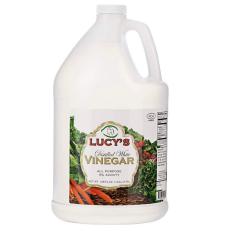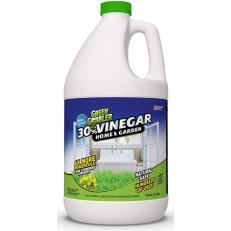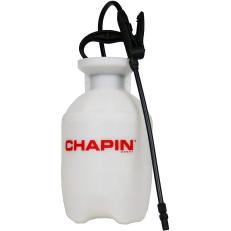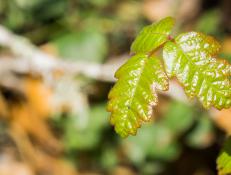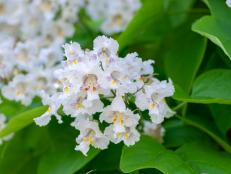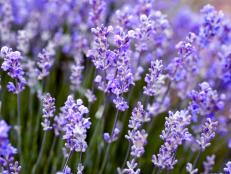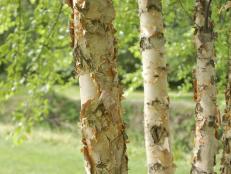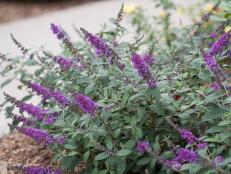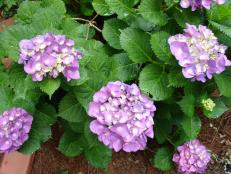How to Kill Poison Ivy in Your Yard
Discover five strategies for getting rid of poison ivy.
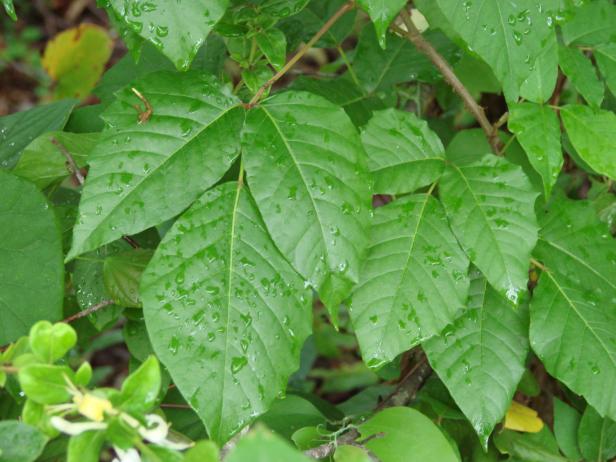

“Leaves of three, leave them be.” This old adage explaining how to spot poison ivy has likely saved many a hiker from traipsing through patches of the toxic plant. Although birds and animals are unaffected by the effects of Toxicodendron radicans (poison ivy), reactions to contact with the plant by humans can range from a red, itchy rash to blistering or even anaphylaxis.
The helpful phrase comes in handy when traversing unfamiliar turf, but when the invasive plant finds its way into your yard or garden, children may not be so careful and everyday activities can become disrupted when homeowners are forced to work around those itch-inducing “leaves of three.”
How to Identify Poison Ivy
Follow these tips for identifying and dealing with this bothersome plant.
Dealing with poison ivy at home is manageable, but requires vigilance even after treatment. Even after plants have been removed, roots may be overlooked, resulting in the return of the unwanted plant. Try any of these methods for successful eradication, but always wear long sleeve shirts, long pants and gloves when working around poison ivy. Even light contact can end with painful results.
How to Get Rid of Poison Ivy on Your Property
- Pulling poison ivy by (gloved) hand is probably the most effective method for removal, but requires direct contact with the plant and extreme care should be taken before disturbing the plants and their roots. Larger roots may require some digging.
- Smother the plants by placing a sheet of heavy cardboard, plastic or rubber over the invaded area. This strategy is effective for killing plants, but watch for “runners,” roots that will reach beyond the edges of the covered area to sprout.
- Use a natural spray. Dissolve one cup salt in a gallon of water and add a tablespoon of dish soap to create a solution that can be sprayed on poison ivy. While this method of killing poison ivy is effective in the short run, it will probably require future treatments to keep the ivy at bay. Spraying distilled white vinegar on the plants is another common treatment usually requiring multiple treatments for eradication. But use this strategy with care. Neighboring plants may be damaged if your poison ivy-fighting spray makes contact.
- Douse with boiling water. Poured over the roots, boiling hot water will also kill invasive poison ivy, but it may take several tries to completely destroy hidden roots.
- Herbicides are effective against poison ivy, but may require an increased concentration. Consult manufacturer instructions. Natural treatment is preferable, but these commercial herbicides will get the job done. Use judiciously.
Whatever strategy you take against poison ivy, seal plant remains in a bag and dispose off-site. Burning poison ivy can result in severe eye irritation and possible respiratory damage and composting may result in accidental contact down the line.
All clothing and tools should be immediately washed after contact with poison ivy. Urushiol, the oily allergen in the plant, can remain active for months or even years. Future contact with improperly cleaned materials may result in the same rashes caused by the live plant. Use a degreaser, alcohol or vinegar to thoroughly remove the persistent oil.
Watch Out for These Bad Boys 26 Photos
Poison oak, poison ivy and poison sumac are the obvious culprits, but there are a whole host of dangerous plants out there.

.-Battle-on-the-Beach-courtesy-of-HGTV.-.jpg.rend.hgtvcom.196.196.suffix/1714761529029.jpeg)





